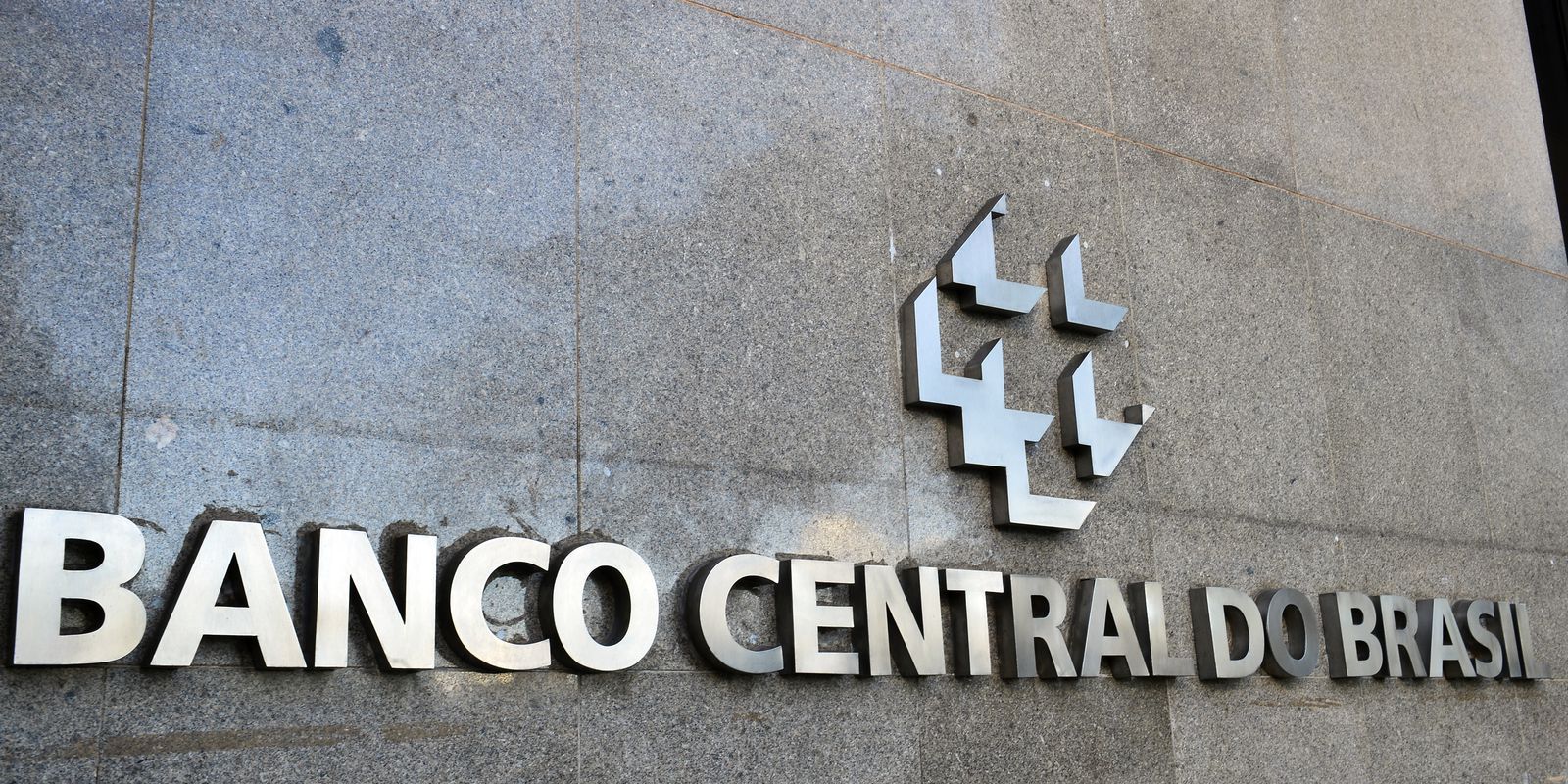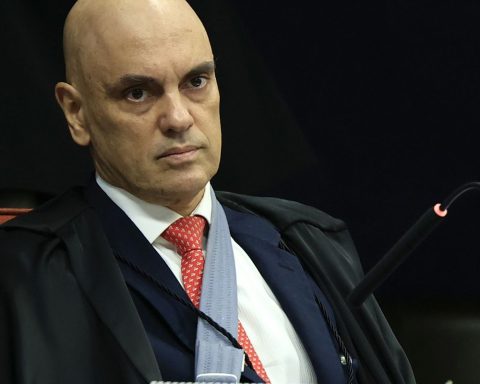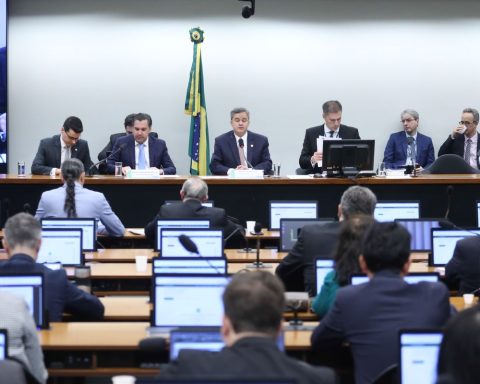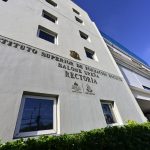Despite the recent spike in inflation, the Central Bank (BC) did not change interest rates. Unanimously, the Monetary Policy Committee (Copom) maintained the Selic rate, the economy’s basic interest rate, at 13.75% per annum. The decision was expected by financial analysts??
The Director of Regulation at the Central Bank, Otávio Damaso, did not participate in the meeting. Yesterday (6), the agency had informed that he would not be present because of the death of a first-degree relative. The other directors and the president of BC, Roberto Campos Neto, voted to maintain the rate.
As in recent times, the Copom maintained its warning that it may increase the Selic rate again if inflation does not fall as expected. In a statement, the committee cited “heightened uncertainty about the future of the country’s fiscal framework and additional fiscal stimulus” as factors that increase the risk of rising inflation. On the other hand, he mentioned a possible drop in the price of commodities (primary goods with international quotation) and a “more pronounced slowdown in the global economy” as elements that could push inflation down.
The rate remains at the highest level since January 2017, when it was also at 13.75% per annum. This was the third time in a row that the Central Bank has not changed the rate, which has remained at this level since August. Previously, the Copom raised the Selic rate 12 times in a row, in a cycle that began amid rising food, energy and fuel prices.
From March to June of last year, the Copom raised the rate by 0.75 percentage points at each meeting. At the beginning of August, the BC started to increase the Selic rate by 1 point at each meeting. With the rise in inflation and the worsening of tensions in the financial market, the Selic was raised by 1.5 points from October of last year to February of this year. The Copom promoted two increases of 1 point, in March and May, and two increases of 0.5 points, in June and August.
Before the start of the upward cycle, the Selic had been reduced to 2% per year, at the lowest level in the historical series that started in 1986. Due to the economic contraction generated by the covid-19 pandemic, the Central Bank had dropped the rate to stimulate production and consumption. The rate was at the lowest level in history from August 2020 to March 2021.
Inflation
The Selic is the Central Bank’s main instrument for keeping official inflation under control, as measured by the Extended National Consumer Price Index (IPCA). In October, the indicator closed at 6.47% in the accumulated of 12 months ?? This was the first month of positive inflation after three consecutive deflations, driven by higher fuel and food prices.
Despite the deceleration of the IPCA from July to September, the value is above the inflation target ceiling. For 2022, the National Monetary Council (CMN) set an inflation target of 3.5%, with a tolerance margin of 1.5 percentage points. The IPCA, therefore, could not exceed 5% this year nor remain below 2%.
At the Inflation Report released at the end of September by the Central Bank, the monetary authority estimated that the IPCA would close 2022 at 5.8% in the baseline scenario?? The projection, however, may be revised depending on the evolution of fuel prices in the final quarter of the year. The new version of the report will be released at the end of December.
Market forecasts are less optimistic. According to the bulletin focusa weekly survey of financial institutions released by the Central Bank, official inflation should close the year by 5.92%?? In early June, market estimates were as low as 9%.
most expensive credit
Raising the Selic rate helps to control inflation. This is because higher interest rates make credit more expensive and discourage production and consumption. On the other hand, higher rates make it harder for the economy to recover. In the last Inflation Reportthe Central Bank projected 2.7% growth for the economy in 2022.
The market projects greater growth. According to the latest edition of the bulletin focuseconomic analysts predict expansion of 3.05% of the Gross Domestic Product (GDP, sum of goods and services produced by the country) this year.
The basic interest rate is used in the negotiation of government securities in the Special System for Liquidation and Custody (Selic) and serves as a reference for other interest rates in the economy. By readjusting it upwards, the Central Bank holds back the excess demand that puts pressure on prices, because higher interest rates make credit more expensive and stimulate savings.
By reducing basic interest rates, the Copom makes credit cheaper and encourages production and consumption, but weakens inflation control. To cut the Selic, the monetary authority needs to be sure that prices are under control and are not at risk of rising.


















